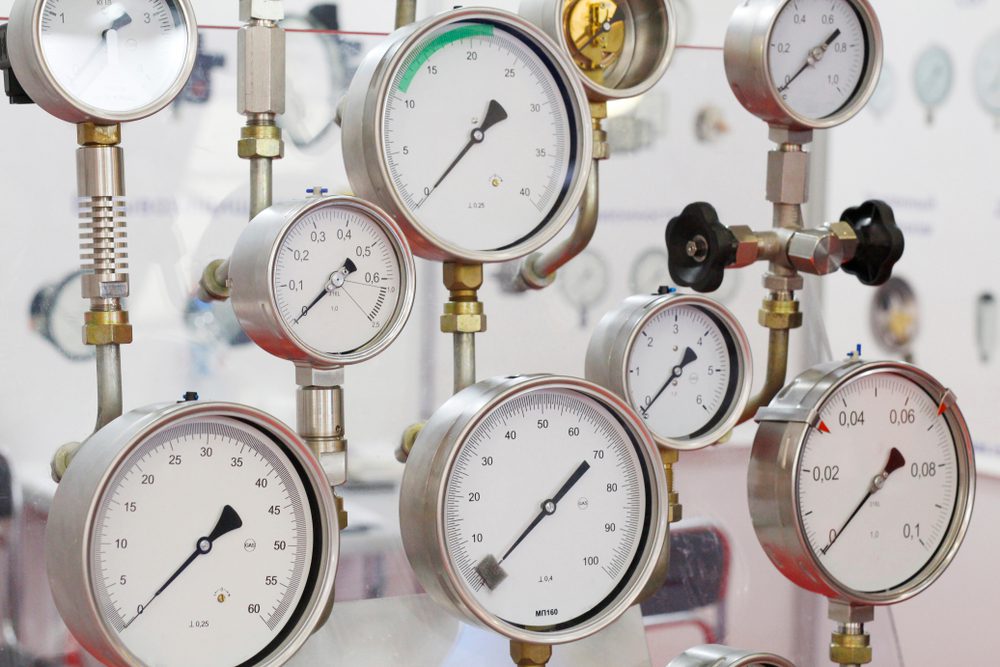
A pressure gauge is a tool for measuring water, gas, fluid, or steam intensity in a pressure-powered machine. This method helps make sure there are no pressure changes or leaks that would hinder system performance. The pressure gauge dial size often ranges from 1 ½ inches (40mm) to 16 inches (400mm).
The size is typically based on the needs of individual applications. Most commonly used gauges across industrial HVAC, marine, and oil & gas markets, range from 1 ½ inches (40mm) to 6 inches (150mm). When selecting the ideal gauge dial size, there are other factors to consider. The steps below can help.
Steps for Identifying Your Pressure Gauge
The pressure gauge dial size is from less than 1 inch to 16 inches in diameter. Generally, the required gauge accuracy, space limitation, and other factors determine the dial size. Accuracies of 0.25% or 0.5% often have a pressure gauge dial size of 4½ inches or bigger, since you need more dial graduations. Here are the elements to consider.
Case (Enclosure/Housing)
What is it made of? Gauge cases often come in stainless steel, plastic, black-painted aluminum, brass, or other materials. If the gauge is exposed to humidity or liquid, you need a hermetically sealed or waterproof gauge.
Also, think about the structural design of the case – whether it has an open or solid front. Most gauges don’t need a solid front, as you will be using them for general pressure measurement. But, if there is a higher concern for process media, like in refineries, then a solid front gauge can work.
Vibration and Pulsation Protection
Does the gauge have a throttling device, or/and is it liquid-filled? This is important since it keeps the measuring instrument safe. The throttle plug or screw mitigates the pressure changes, while the liquid fill decreases the impact of vibration.
Accuracy
Check the pressure gauge accuracy. Most gauges meet EN 837-01 or ASME B40.100 standards. The bigger the figure intervals/graduations, the greater the instrument accuracy.
Connection Size
A range of pressure connections is available on the market. Figure out the thread type you use for better installation. In the United States, the most popular standard is NPT (National Pipe Thread).
Connection Location
Consider the space restrictions of your instrument. For example, where are the mounting locations? When you need a new pressure gauge mount, think about the following mounting options:
- Panel mount
- Stem mount
- U-clamp flush mount
- Front flange flush mount
- Wall/surface mount
Pressure Ranges
Double-check the dial pressure range. If there is pulsation, the max operating gauge pressure shouldn’t reach 50% of the full-scale range.
Mid-West Instrument
Since 1958, Mid-West Instrument has been an industry-leading provider of world-class differential pressure gauges in the midwest and beyond. Our team of experts have honed our skills, expertise, and technology so you can be confident that you’re getting the best products in the industry. Want to learn how Mid-West Instrument can help find the right pressure equipment for your business? Contact us today to speak with one of our friendly and experienced professionals.

